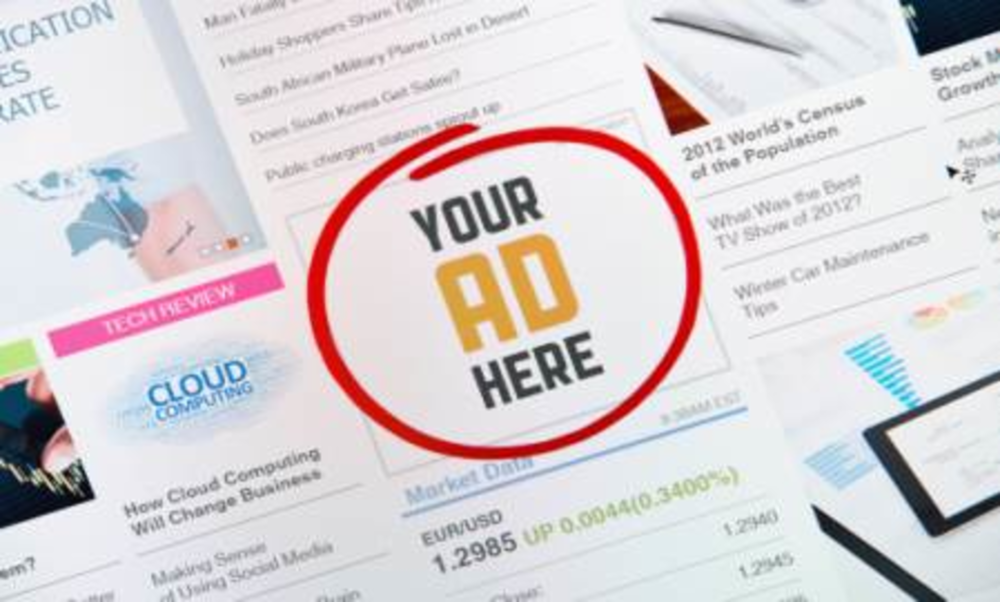On Monday, web analytics platform Chartbeat released some damning information about native ads. Writing for Time.com, Chartbeat’s CEO Tony Haile said viewing rates for native ads was low, with even lower rates of engagement than regular articles.
On a typical article two-thirds of people exhibit more than 15 seconds of engagement, on native ad content that plummets to around one-third. You see the same story when looking at page-scrolling behavior. On the native ad content we analyzed, only 24% of visitors scrolled down the page at all, compared with 71% for normal content. If they do stick around and scroll down the page, fewer than one-third of those people will read beyond the first one-third of the article.
That’s some pretty discouraging stuff, and it implies that all the effort and delicate negotiation that goes into placing a native ad simply isn’t worth it. However there are plenty of cases where native ads actually enhance the content of the publication they are placed in, as well as build the brand’s image. There aren’t enough native ads out there that do that, but here’s a few ways they can start:
1) More editorial control
There needs to be a move from the concept of “native advertising” to that of “sponsored content.” An article written by a person from the brand may well be trying to be a ‘thought leader,’ but the truth is it still comes off as self-promotional. It’s sometimes better to leave the actual content creation to the ones who are creating the content, which is the editorial team. Buzzfeed has an extremely effective way of getting people to click on its native ads by making them look like any other article, with only a “brought to you by…” at the end to signify a brand’s involvement. Even if they aren’t written by Buzzfeed staff, you can tell they had plenty of input in the content. At the entertainment and lifestyle site Zimbio, CEO Tony Mamone says brands approach the editorial staff with a concept, and it’s the writers who come up with ideas for what the content will be.
The old wall between sales and advertising is now more of a porous membrane, and for a brand, it’s better to take advantage of the skills of the content creators, rather than do it themselves. There’s more value in sponsoring a piece of content, rather than writing it yourself. Brands can of course provide a lot of the information, especially if they have unique content, (such as the results of a study) but ultimately, it should be put together by the writers.
For social media sites, sponsored content works even better, because people are less discerning about the kind of items the like to share. If it’s a particularly entertaining, or aesthetically pleasing piece of content, it’ll get shared on Twitter, Tumblr and Instagram, who all have in-house teams dedicated to working with brands to create the most shareable types of content for their respective platforms.
2) Move from text to visual
In the rush to create branded content, many brands started hiring former journalists to write for them, but the written word is a difficult thing to brand. Sponsored content such as listicles with GIFs, videos and images get tons of shares on Buzzfeed and Tumblr because their impact as visuals is quick, and highly engaging. Written word simply can’t match images, GIFs and videos in terms of sustained engagement.
Visuals are also a much more natural and accepted channel for brand presence. We’ve grown up around visual advertising, so we’re not opposed to seeing brands subtly try to influence our thinking through them. However, the written word is usually the tool of truth telling journalists, or PR pros spinning the narrative. In an article, it becomes difficult to be subtle, and every sentence runs the danger of being construed as promotional, without giving the reader any new, truthful or valuable information.
3) Set different measures of success
At a recent talk at SXSW, Eli Pariser, the founder of viral video site Upworthy said he doesn’t measure the success of a video by how many people clicked on it. That’s only measuring the success of the headline. Pariser said the more important statistic is how many people shared the article, because this is good indication of how many people thought the article was valuable enough to be recommended to their networks.
In addition, brands who try to look for a dollar amount return on what they’ve paid for a native ads are left searching, since pageviews don’t really quantify much value.
Like having a good social media presence, a native ad doesn’t necessarily drive people to directly buy the brand’s products, but it does make them think better of the brand itself. If seen as a brand building tool, native ads can be highly effective, especially if the content is independently entertaining. Reading a hilarious, GIF filled listicle sponsored by Virgin Airlines may not make you immediately go to its website. But the next time you’re looking for a flight, you might check out Virgin’s prices first, since it created a positive impression as a brand that puts its name on entertaining and informative content.







